Central Ohio Journal
Notes and images from diverse places in the heartland
At the Columbus airport, I’m to rent a car from Thrifty. I follow the signs for Thrifty. They lead to a Hertz counter. I stand in confusion for a second and look at the man’s shirt—the shirt of the man behind the counter. It says, “Hertz,” then, below that, “Dollar,” then, below that, “Thrifty.”
Ah. I’m always behind, when it comes to conglomerations. Maybe I could quote from notes I scribbled on Cleveland earlier this year:
We live in a land of mergers. I thought I was checking into the Tudor Arms. The big sign outside said “DoubleTree.” At the desk, there was a little sign asking, “Are you a Hilton Honors member?”
Was I staying at the Tudor Arms? The DoubleTree? Or the Hilton? I guess the answer was: yes.
***
In my Thrifty car, I travel west, and a little south, to Yellow Springs—home of Antioch College. A sign says, “Celebrating 175 Years.” Yes. Antioch was founded in 1850. Its first president was Horace Mann (no less). When I was growing up, Antioch had a reputation for radicalism—political radicalism. I’m not quite sure about now.
You know who went to Antioch? Mario Capecchi. This brilliant Italian immigrant to America graduated in chemistry and physics in 1961. He went on to MIT and then Harvard, where he worked under James D. Watson. Capecchi was a recipient of the Nobel Prize for Physiology or Medicine in 2007.
Guys, you want to know something? Dr. Watson is still alive, still with us, at age 97.
While walking around Antioch, I think of a historian—not a famous one, but one who came into my life (and many others). Let me quote from Peace, They Say, my history of the Nobel Peace Prize, published in 2012:
... the leading historian of the peace prize—certainly in English—is Irwin Abrams. An American, he was born in 1914 and died in 2010. He was a man of the Left, a Quaker, a pacifist. As a conscientious objector in World War II, he worked with the American Friends Service Committee ... For over 60 years, he was a professor at Antioch College, in Yellow Springs, Ohio. He was a regular guest of the Nobel Institute at the prize ceremonies. ... Abrams was a man of strong opinions, and he was not shy about voicing them, or writing them. My own opinions are very different. What is inarguable is that Abrams was an excellent historian and a superb writer.
On this walk around Antioch, my impression is that the college is down at the heels—short of money. Upkeep seems minimal. There is an air of shabbiness about the place. Whether it will reach its 200th anniversary, who can say?
The campus has more deer than people in the early evening. And the deer seem accustomed to human beings. They look at me for a while before turning tail. It’s as though they had wondered, “Should we bother?”
Here’s an apothecary garden:
You can’t see it very well in my photo—but the American flag stands tall, here at Antioch:
An intersection, at the edge of campus:
***
Downtown, in Yellow Springs (pop.: about 3,700), I’m reminded of my own hometown of Ann Arbor, Mich., in the old days. Things are kinda hippie-dippie-grungy.
(Ann Arbor is spiffed up now, for better or worse.)
First, I have to show you Urban Handmade. Oh, “urban,” huh? And note the slogan: “Power to the artists” (complete with raised fist).
Here’s a sign outside HaHa Pizza:
Obviously, Yellow Springs should have head shops—especially ones painted light purple. That’s the whole Yellow Springs “vibe.” What I object to is the pottification of the entire country.
Outside a shop called “Village Artisans,” a young man is strumming his guitar. He is stoned out, evidently, and rocking out. He’s wearing sandals. He’s perfect—out of Central Casting. I want to take a picture of him, but I don’t think I can do so without being noticed, and I don’t want to invade his privacy.
Frankly, I doubt he would have noticed. He’s in his own private Idaho.
How American is this?
Do you know that Yellow Springs has a film festival? Oh, yes. Why wouldn’t it? The banner on the left advertises the festival:
At the community center, there’s a whole lot goin’ on:
***
After I “do the town,” I point my Thrifty rental to Young’s Jersey Dairy, i.e., my personal Mecca. It is a thoroughly wondrous place. I have rhapsodized about it in my journals before. This time, I will merely link to its website: here.
***
Just northeast of Yellow Springs is Springfield—which played a big role in last year’s presidential campaign. Remember the pet-eating Haitians of Springfield? Remember that national emergency? I guess the pet-eating Haitians of Springfield outlived their (political) usefulness.
***
At Cedarville University, I meet a young woman—a freshman—who’s learning a little Haitian Creole. In her church, she meets people who speak that tongue. “I collect languages,” she says.
My kind of gal.
***
In the village of Cedarville, I stay at the Hearthstone Inn, as I have on two previous occasions. One of the commendable things about this hotel? You can open the window in your room. You can get fresh air.
Mirabile dictu, as Bill Buckley would say.
***
A monument, of a kind:
***
CU—Cedarville University—is a little younger than Antioch. It was founded in 1887. It is a Christian university, with daily chapel. Here is one of the many banners on campus:
Pluralism is a key, a vital, part of these United States. Antioch and Cedarville, within shouting distance of each other. That’s America.
“I hear America singing, the varied carols I hear.”
***
At Cedarville, there is a lyceum. (Quick dictionary definition: “an association providing public lectures, concerts, and entertainments.”) The university’s literature says,
Lyceum Fellows are a small, select number of students from across the School of Arts and Humanities. The Fellows will be involved in reading groups, interacting with visiting speakers, and attending various social activities related to the Lyceum—dinners, exhibits, performances, etc.
The Lyceum is overseen by one of the best teachers I know: Mark Caleb Smith, a professor of political science and the arts-and-humanities dean. Working alongside him is Emma Blakemore, a sharp recent alumna of the university.
What do you want in a teacher? Here are a few critical qualities: wide and deep knowledge; an ability to communicate that knowledge; an even temperament; a devotion to broadening students’ minds and allowing them to think for themselves.
That’s Smith.
It is a joy to be with the Lyceum students—talking about their interests and ideas and doings. You could not ask for a more interesting or endearing bunch.
At night, we have a public lecture, followed by a lively Q&A:
Oh, and here’s a little “after-shot”:
***
While here in central Ohio, I think of a beloved teacher of mine—a music teacher. She was from Ohio. I can’t think of her hometown. But I can hear her voice: “Ohia.” That’s how she pronounced the name of her state, especially when speaking quickly: “Ohia.” Also, she made fabulous buckeyes.
You know them, don’t you? For the uninitiated, go here.
***
At about 9:45 in the morning, I walk into a local barbershop: the Barber of the Ville. There is a customer in the barber chair; another is waiting. The barber informs me that he’s all booked up for today. Luckily, he can fit me in tomorrow. (I think there’s been a cancellation.)
Huh. I never need an appointment in Manhattan. Cedarville is bustling, in this respect.
The sign on the door explains the rules of the game: Appointments should be made days in advance. Customers should arrive five minutes early. If you miss an appointment, you must pay for that appointment in full, before scheduling another one.
And it’s $18 cash.
He is an excellent barber, Tony Pergram, and an excellent businessman. He is from Middletown, Ohio, about 50 miles southwest of Cedarville. He went to Syracuse University, where he was on the wrestling team.
In his shop, he used to accept walk-ins. But that was years ago. The wait was about an hour. He has not accepted walk-ins in years.
“Here’s something you don’t hear many people say,” he tells me. “I enjoy small talk. I like talking about the weather or last night’s game, whatever it was. Once I get to know people, I like asking them about their family and so on.”
I remark, “You should run for mayor.” He answers, “I was mayor for four years.”
Bet he was good.
***
Is there anything quite like a bright red barn against green grass and a blue sky?
A friend of mine has an expression: “good for the soul.” This journey of mine has been good for the soul. Thanks for joining me. See you soon.
Dear readers: On returning from this trip, I saw the atrocious news from Utah—about the murder of Charlie Kirk. I said a few words about it last night (here). There will be more words, from me and everyone else. We are in dark and darkening times. Each of us has a part to play, to dispel, in any way available to us, this darkness.



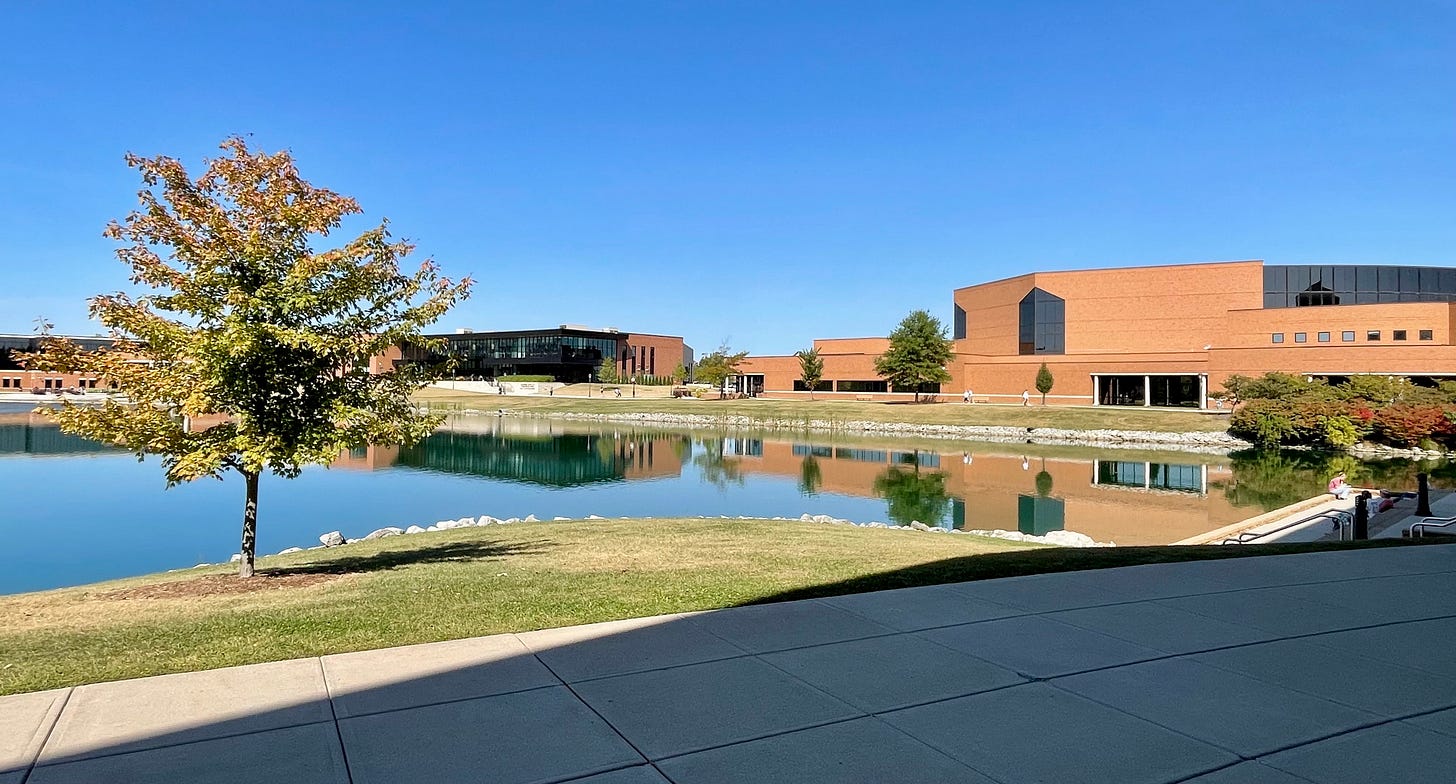
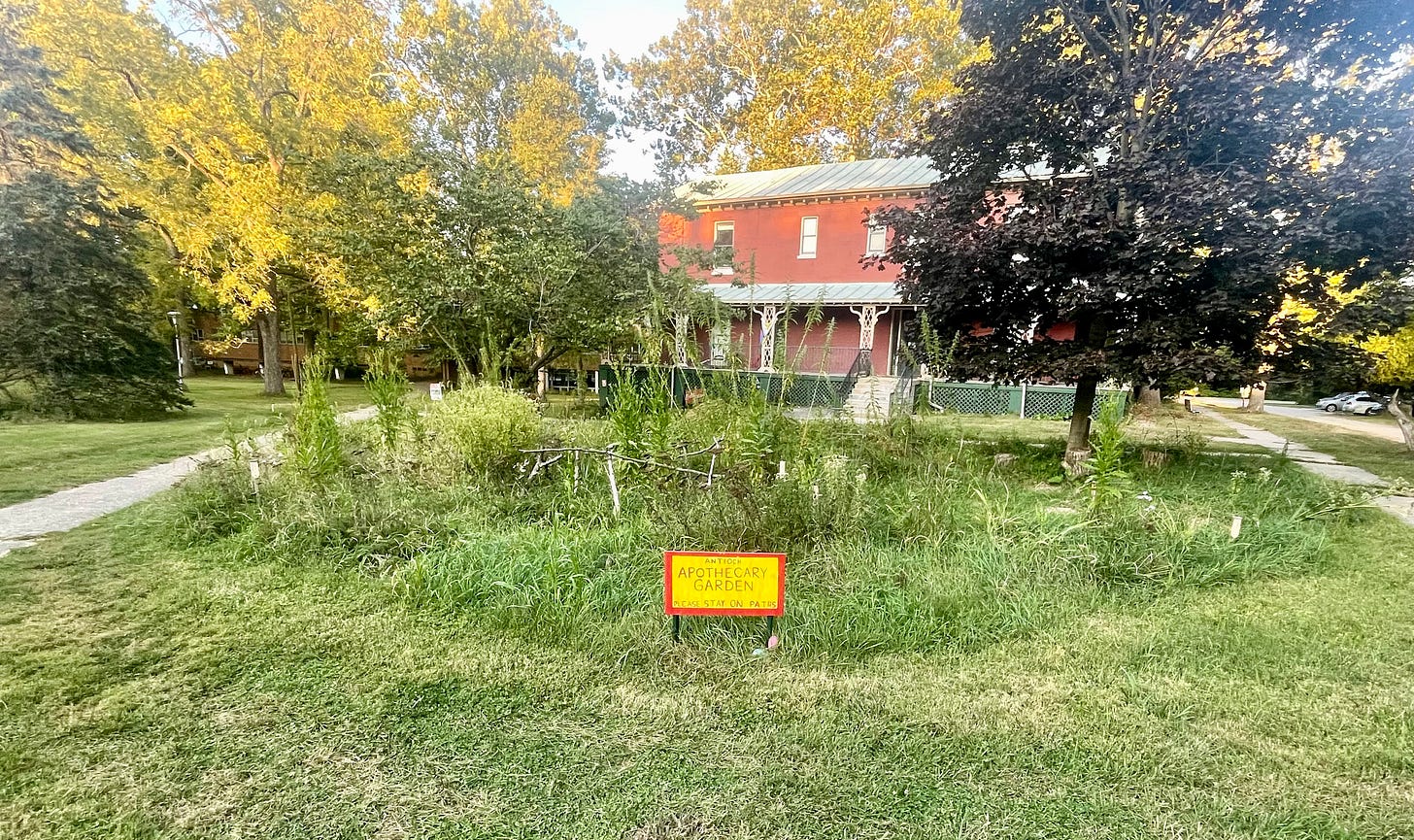
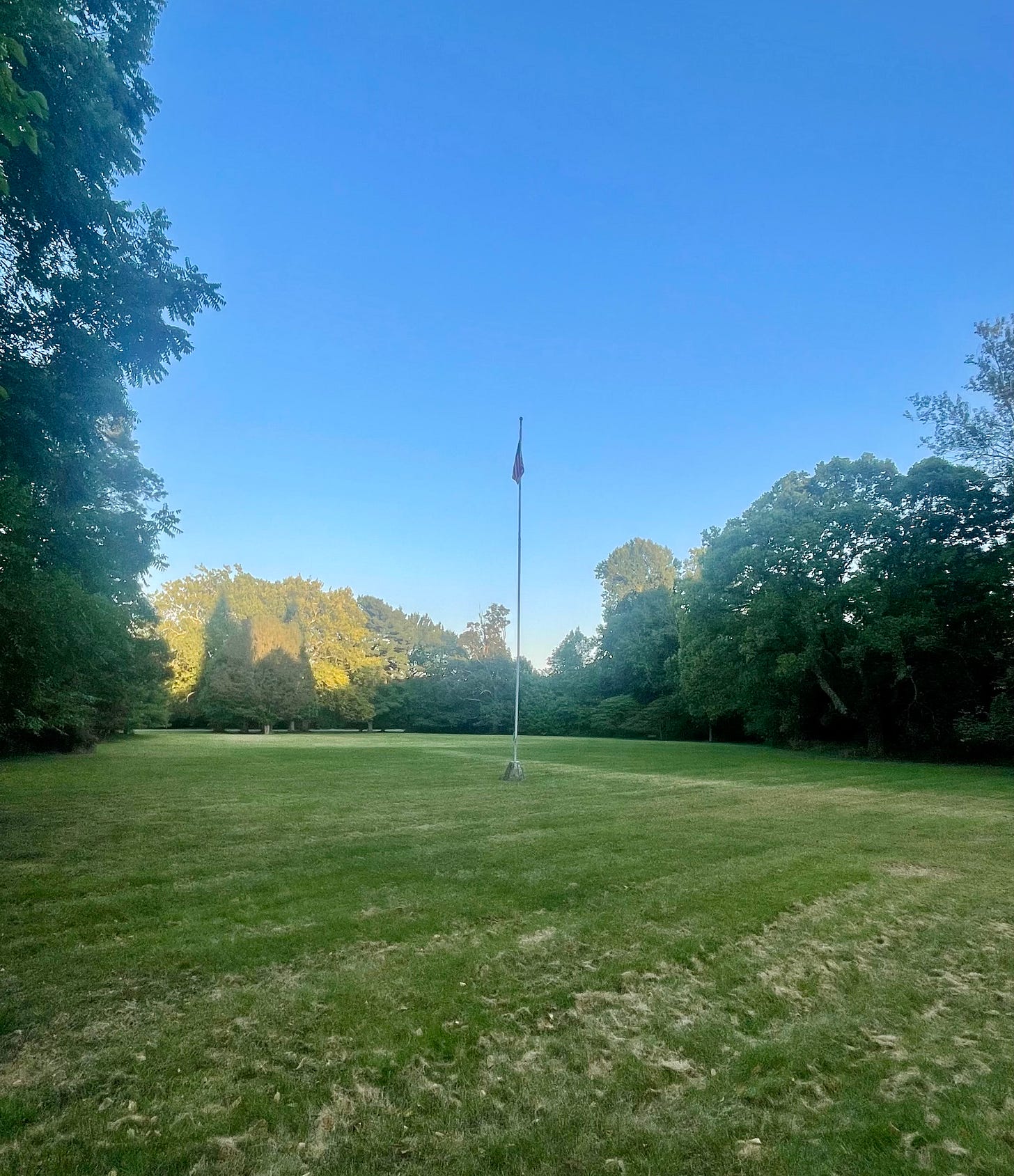
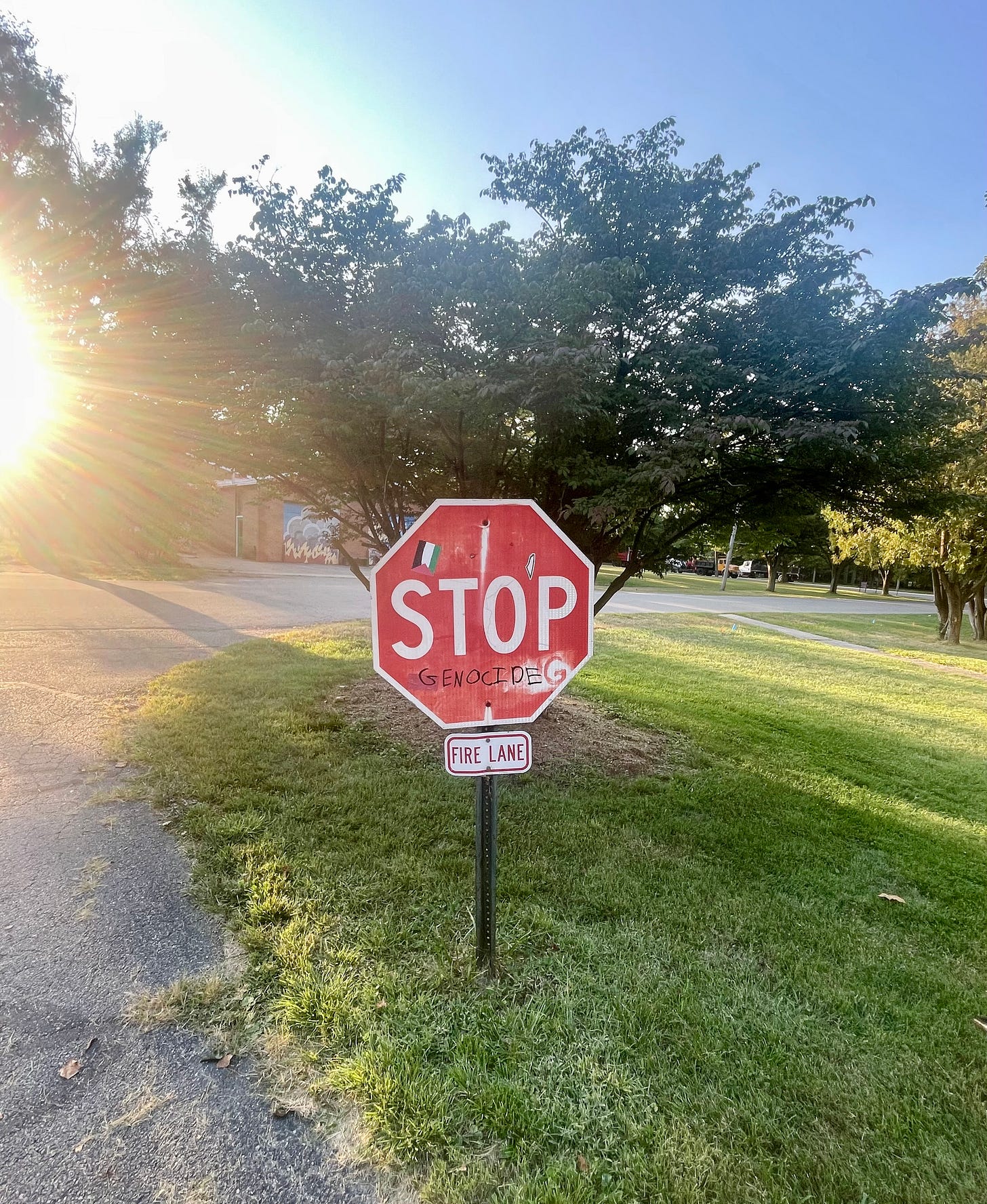
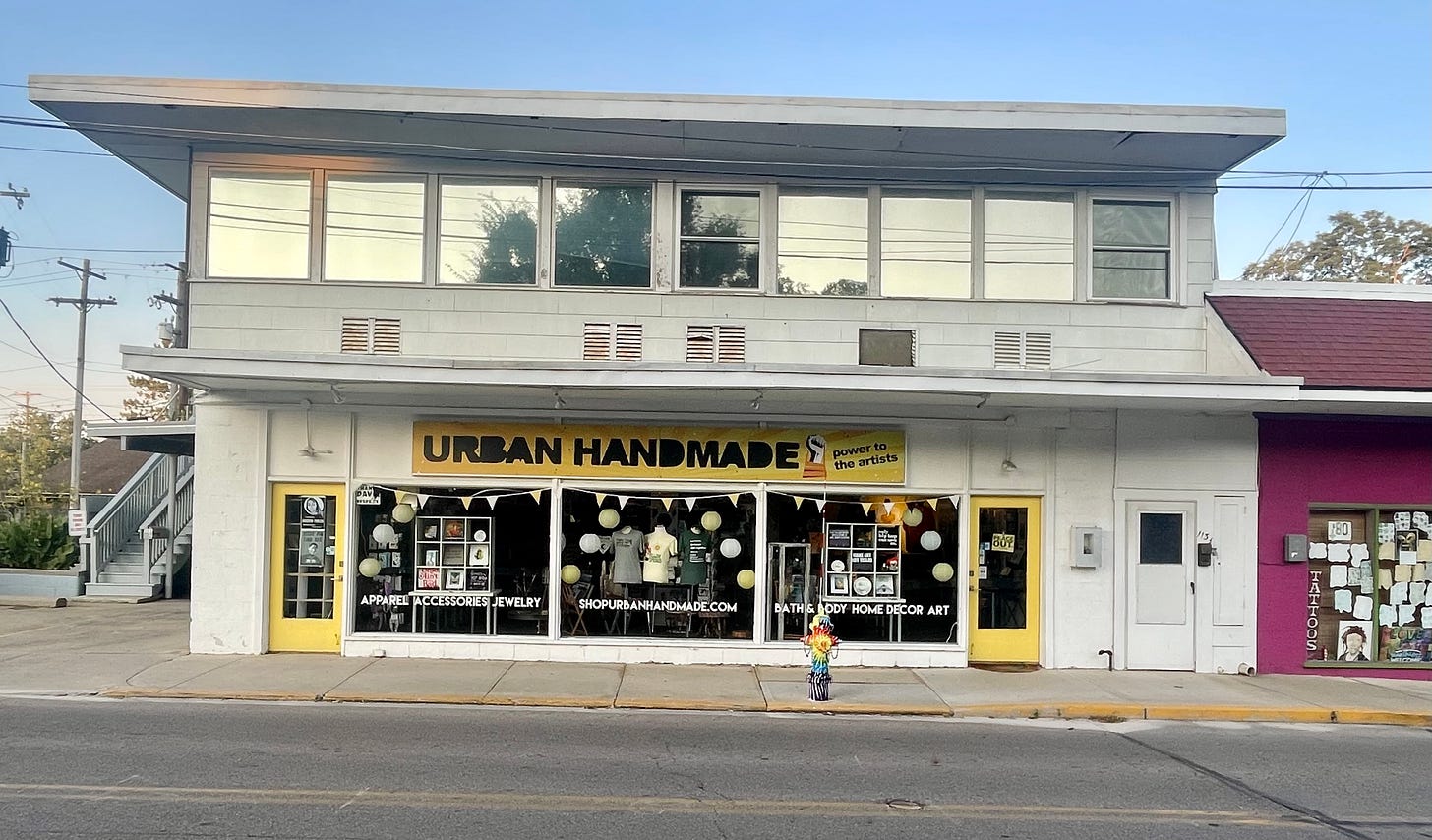


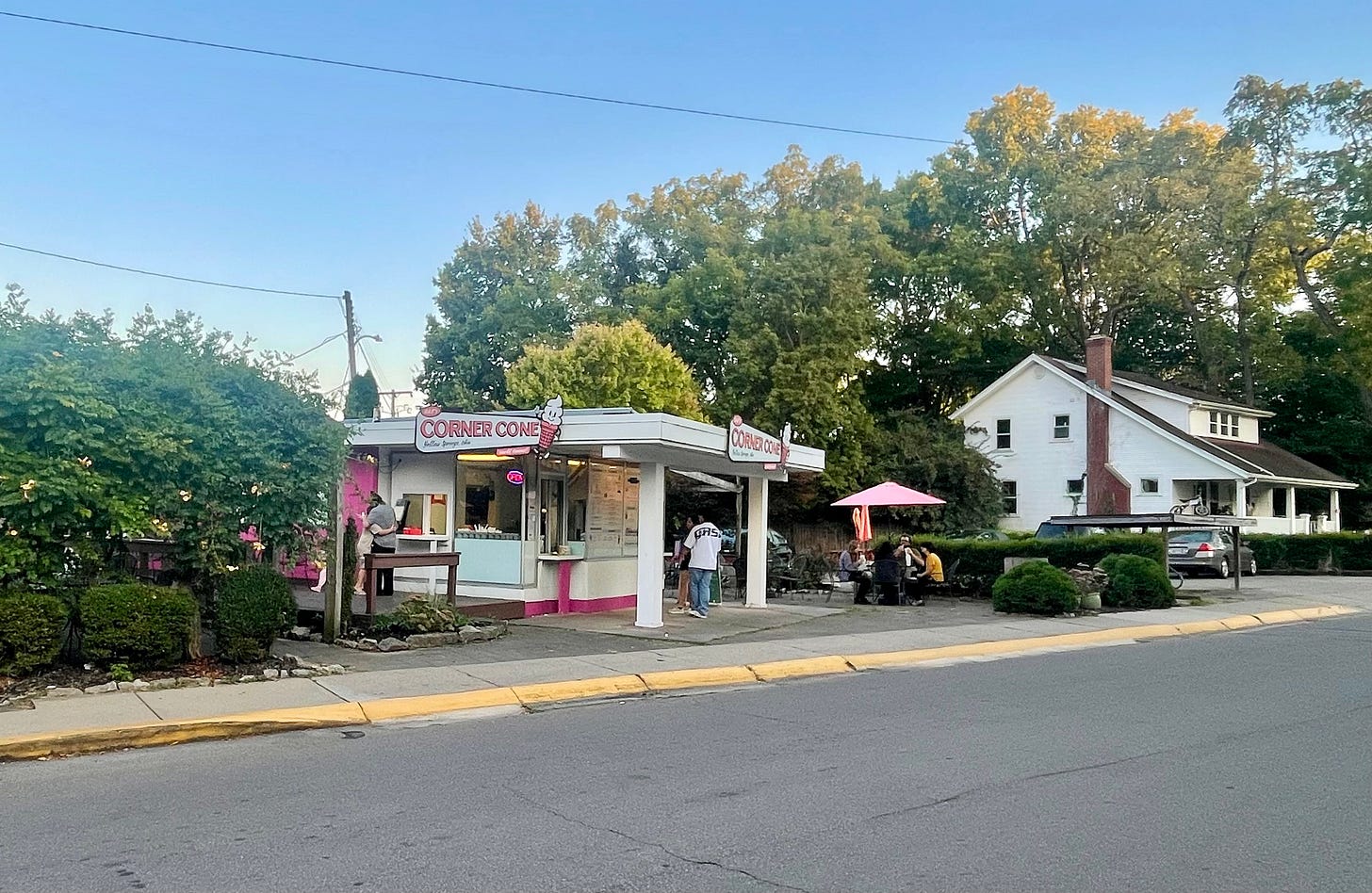
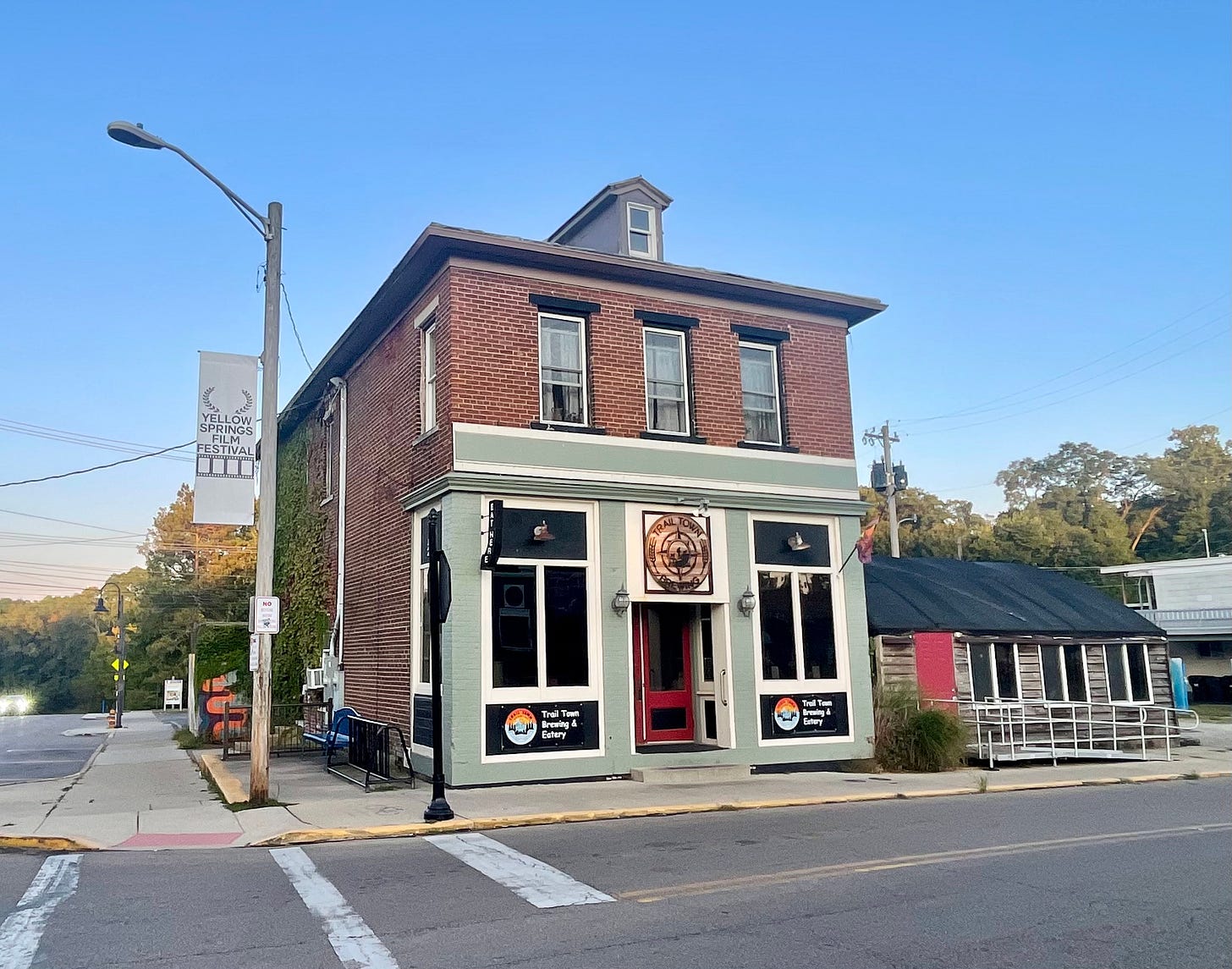
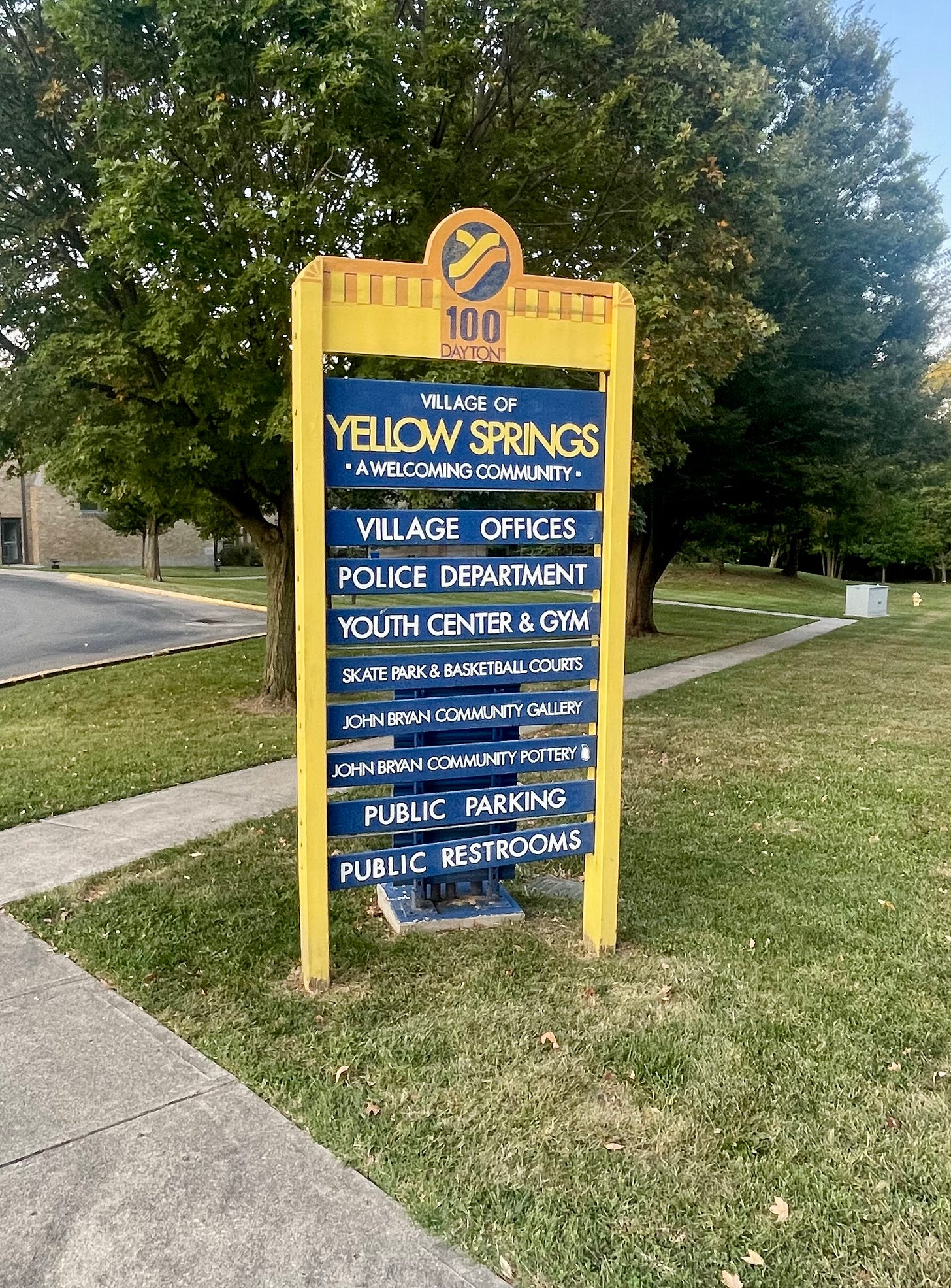
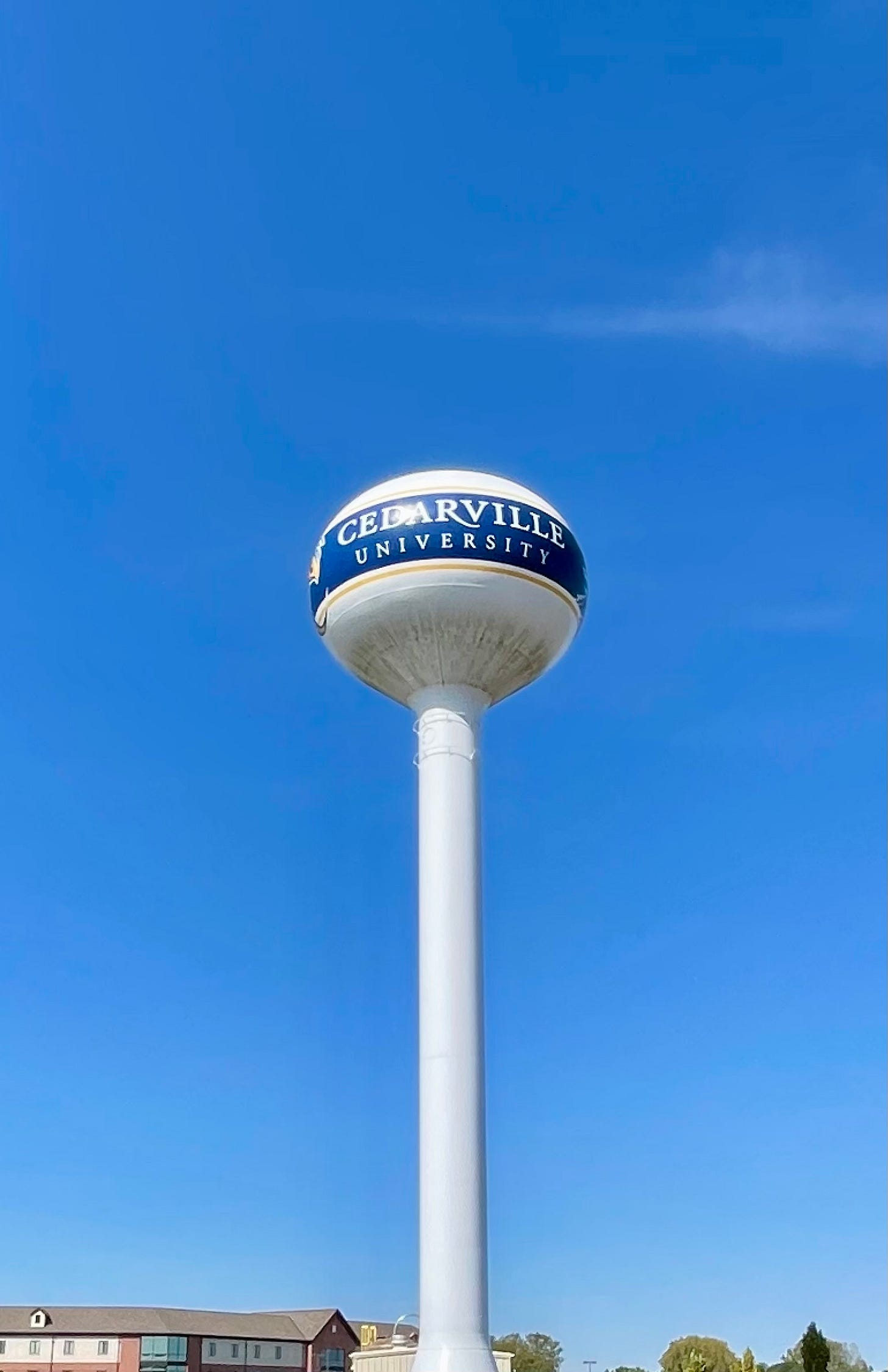
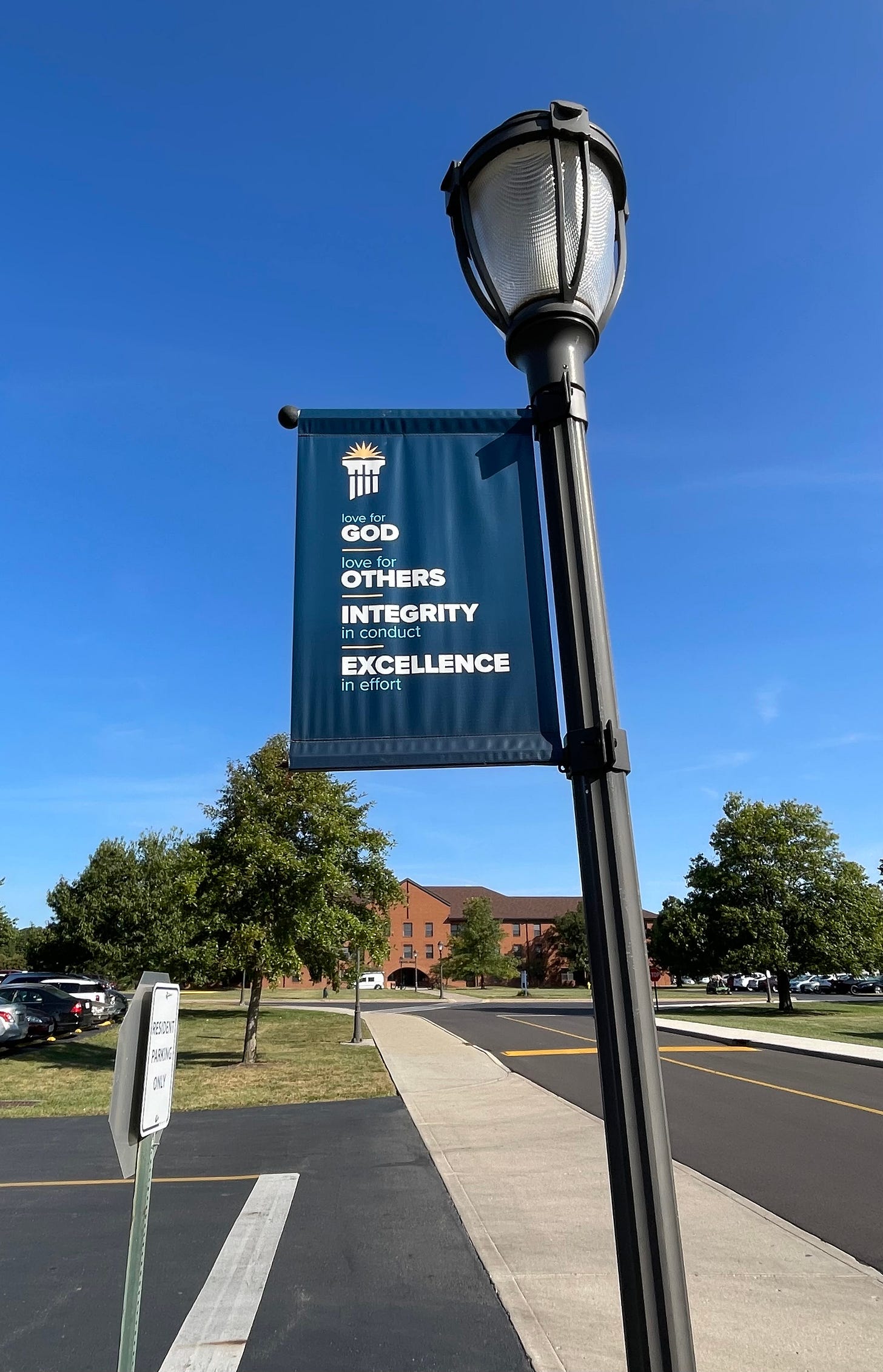
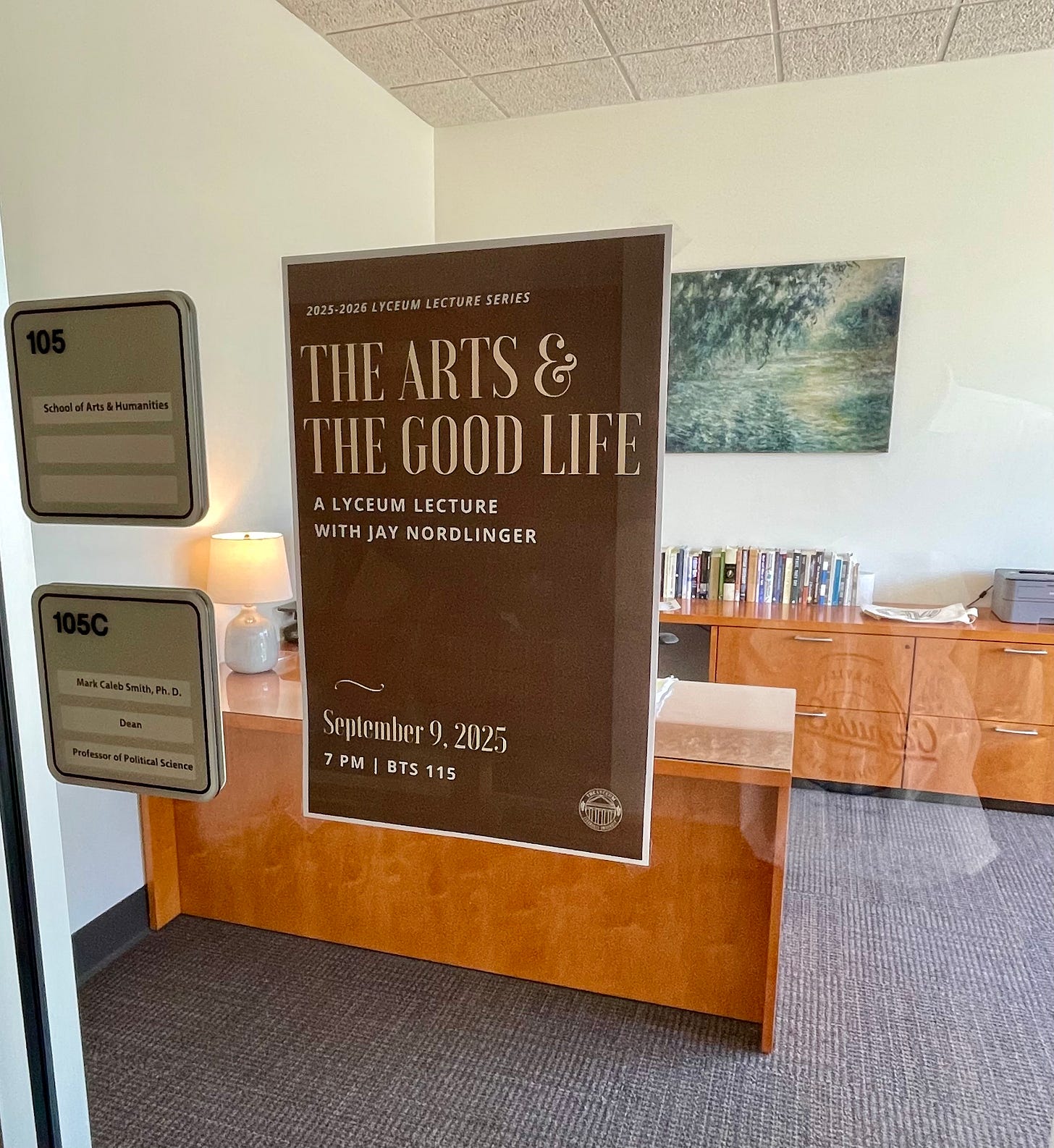

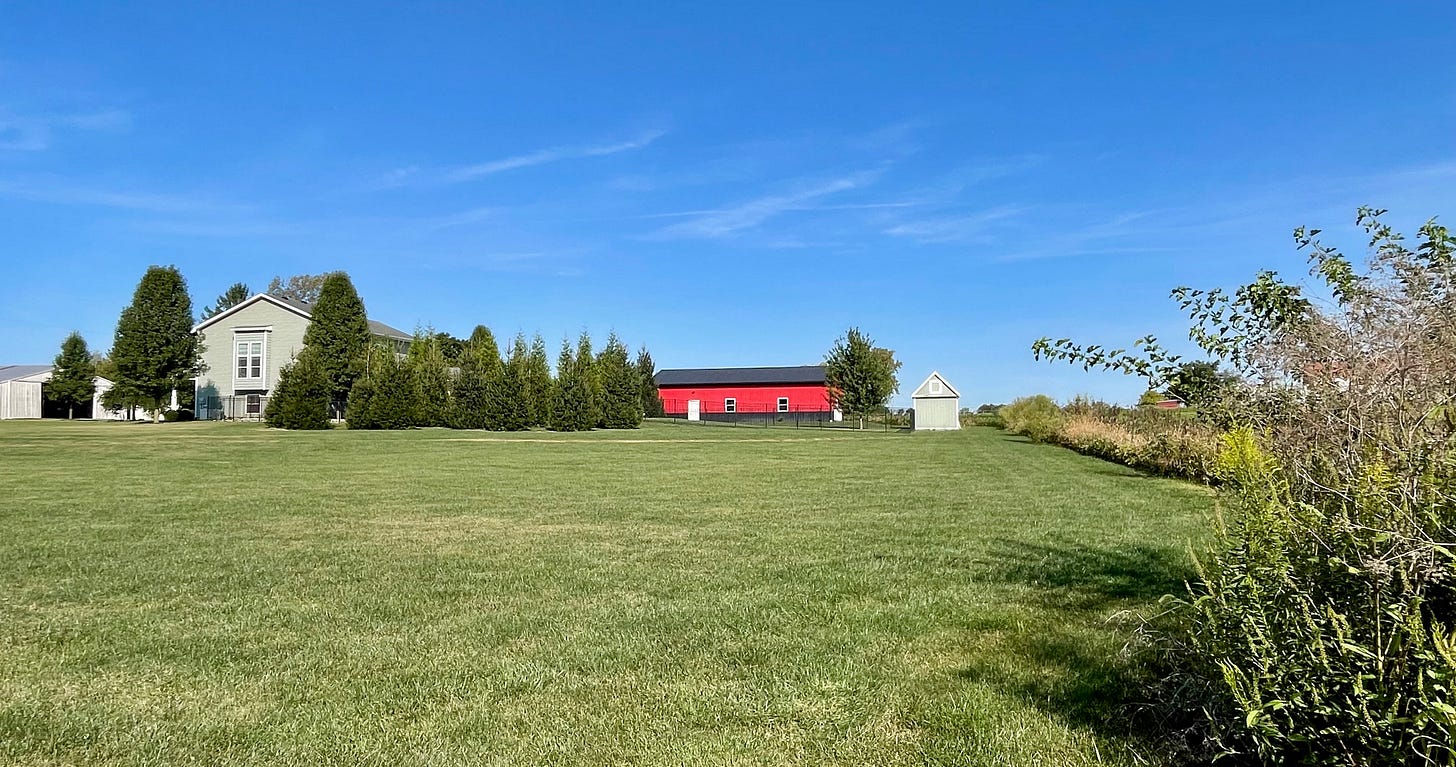
Americas is still beautiful, in spite of the Hogwart in the White House and all his knuckle dragging sicko fans. Thanks for reminding me of that Jay.
Respectfully, in a few words, Charlie Kirk’s murder is no more darkening, let alone representative of anything than Derrick Chauvin contributing to the premature death of a guy probably high (conversely, can you name either one of Chauvins fellow officers on the crime scene….neither can I, because neither fits the grotesque narrative of our mostly left, infotainment news media that has become so called national news…but if they were white like Derrick, there is a 100% chance theirs would be household names too). God Help U.S. We the Living in Idiocracy. Here we are now, Trump entertain U.S. Gotta run on. Onward and Upward Peace through superior mental firepower